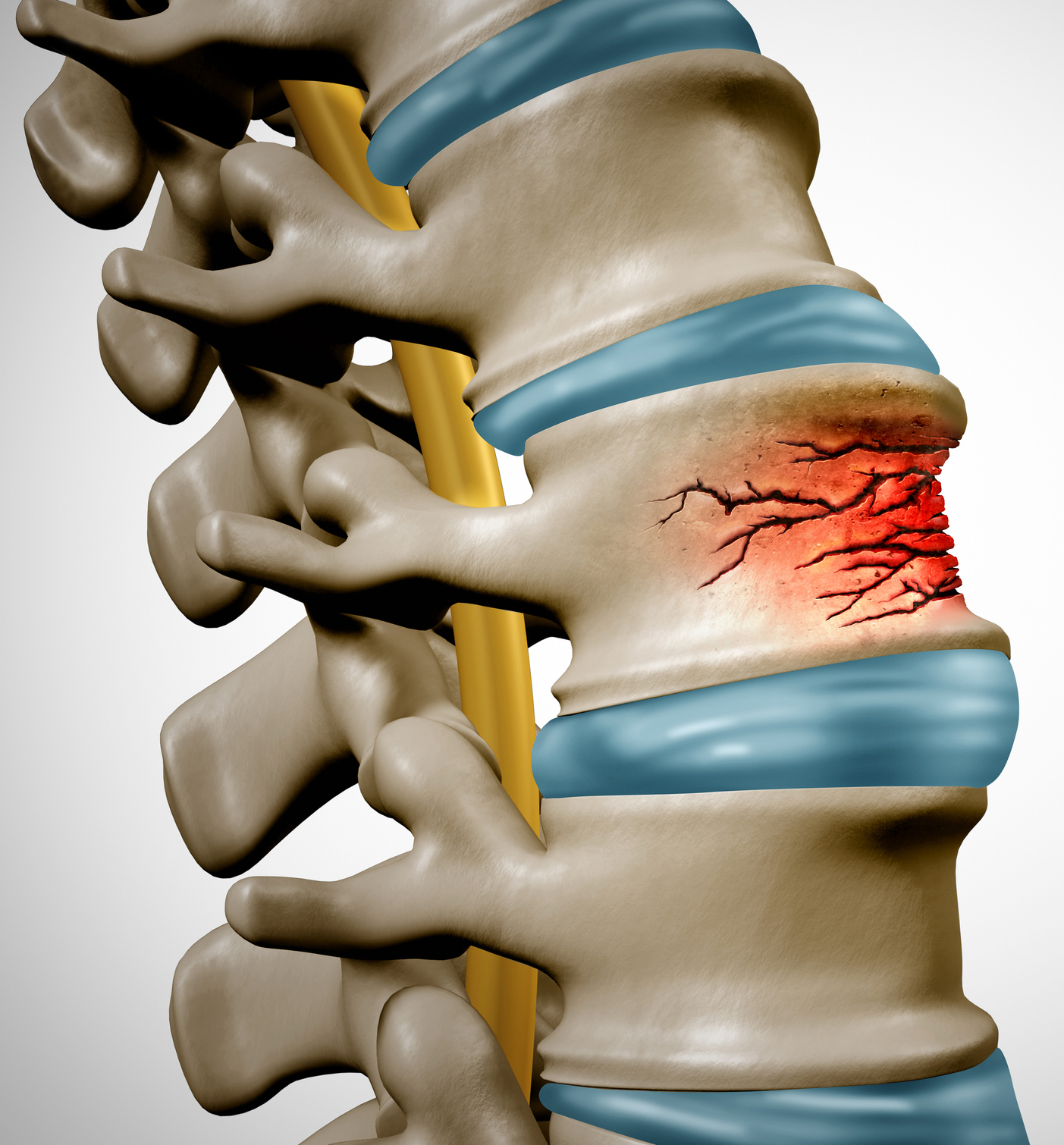
Vertebral Compression Fracture
Serving the South Florida area with locations in Hollywood and Miami, FL
Dr. Andreas C. Tomac, MD, PhD, FAANS is a distinguished neurosurgeon specializing in diagnosing and treating Vertebral Compression Fracture.
Treating Vertebral Compression Fracture

How is it diagnosed?
Diagnosing vertebral compression fractures involves a comprehensive evaluation, and a neurosurgeon like Dr. Tomac can be instrumental in this diagnostic process. Dr. Tomac typically begins by gathering a detailed medical history, including information about the onset and characteristics of symptoms, any recent trauma, and the patient’s overall health. A thorough physical examination assesses spinal mobility, neurological function, and signs of deformity. Imaging studies, such as X-rays, Magnetic Resonance Imaging (MRI), or Computed Tomography (CT) scans, are essential to visualize the spine and confirm the presence and severity of vertebral compression fractures. Dr. Tomac’s expertise in neurosurgery allows for a precise analysis of imaging results, aiding in the accurate diagnosis of these fractures. The collaborative approach between the patient and Dr. Tomac is crucial in determining the most appropriate course of action for managing vertebral compression fractures, which may involve pain management, bracing, or surgical intervention to stabilize the affected vertebrae.

What treatments are available?
The treatment of vertebral compression fractures can involve a range of approaches, and a neurosurgeon like Dr. Tomac can provide expertise in both non-surgical and surgical interventions. Treatment options include:
Conservative Measures:
- Pain Management: Medications such as analgesics or anti-inflammatory drugs to manage pain.
- Bracing: Supportive braces to help stabilize the spine and alleviate discomfort.
- Rest and Activity Modification: Temporary reduction of strenuous activities to promote healing.
Minimally Invasive Procedures:
- Vertebroplasty: Injection of bone cement into the fractured vertebra to stabilize and reduce pain.
- Kyphoplasty: Similar to vertebroplasty, but involves creating a cavity in the fractured vertebra before cement injection.
Surgical Interventions:
- Balloon Kyphoplasty: A minimally invasive procedure that uses a balloon to create space in the fractured vertebra before injecting bone cement.
- Vertebroplasty: Surgical stabilization of the fractured vertebra using instrumentation such as screws or rods.
Dr. Tomac can assess the specific case, discuss treatment options, and recommend the most appropriate course of action based on the severity of the vertebral compression fractures and the individual’s overall health. The decision on the most suitable treatment plan is made collaboratively between the patient and Dr. Tomac, considering the unique circumstances and goals of the individual.
